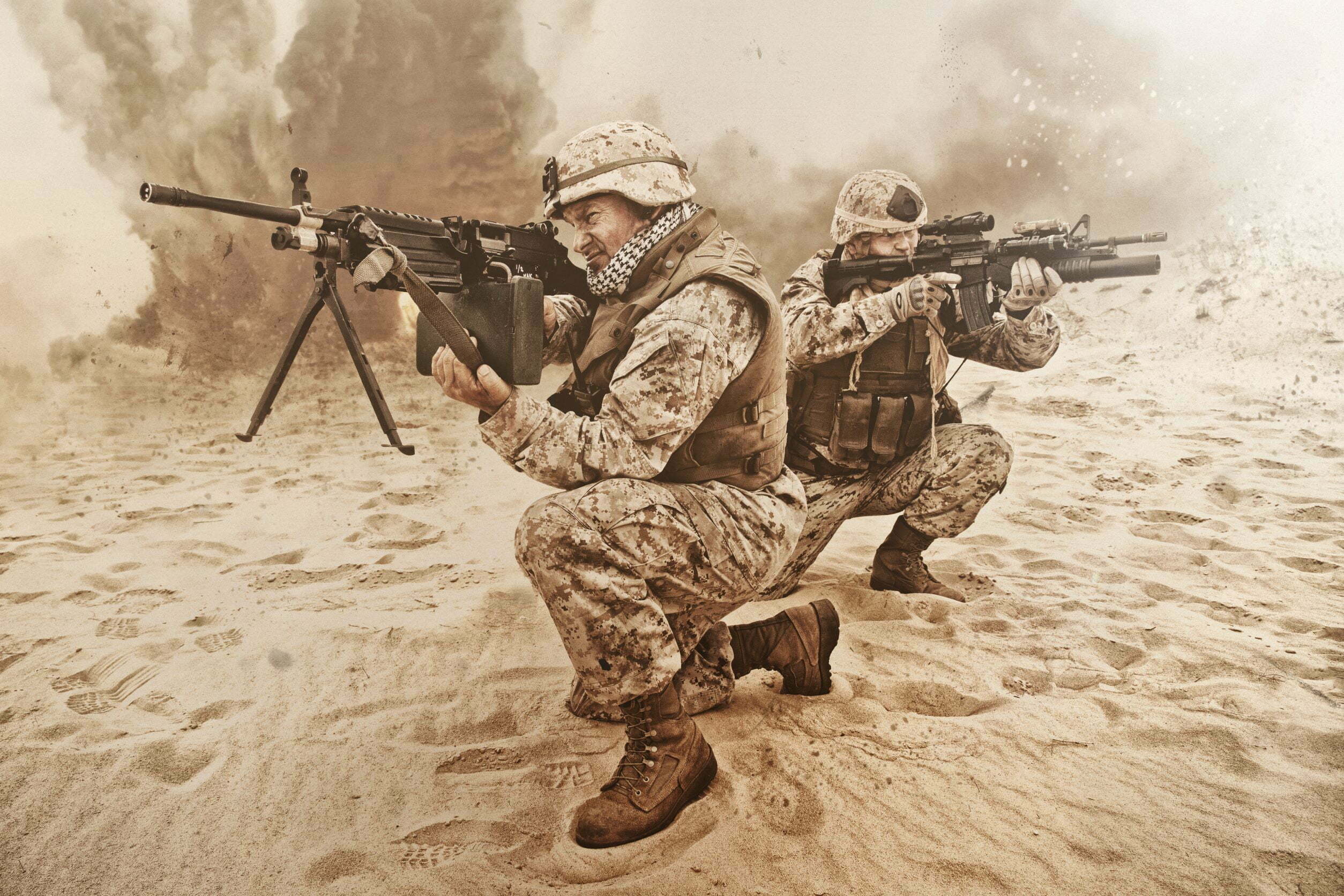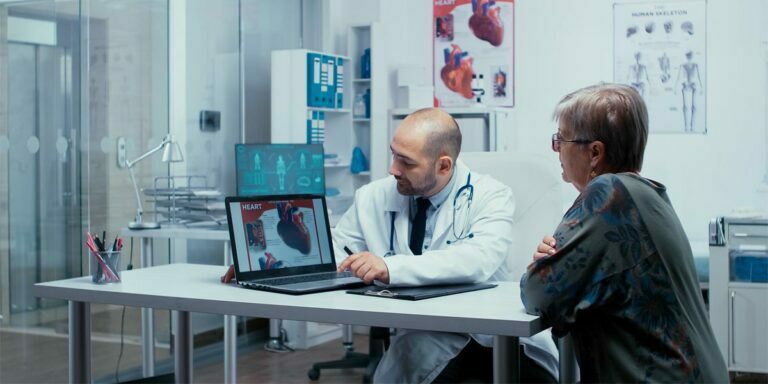The Institute for Defense and Business (IDB) defined “Military Readiness”[1] as the capacity of the military to engage in combat and fulfill assigned missions and tasks. Military readiness is classified as “functional” or “logistical” within the various branches of the military and the Department of Defense (DoD), as preparation is required to cover both the physical and strategic components of operations. More specifically, military readiness can also refer to being prepared in the event of adversity. When confronted with problems, this preparedness helps to provide increased possibilities of success.
In 2020, the U.S. Army launched the Holistic Health and Fitness System (H2F) to revolutionize individual and unit readiness and provide a framework for leaders to increase their capabilities. The five domains of H2F are: Physical readiness, mental readiness, spiritual readiness, nutritional readiness, and sleep readiness.[2]
What are the top 3 challenges that Service Members face in achieving holistic health and fitness?
- Metrics of physical, mental, nutritional, spiritual, and sleep readiness are usually collected using different tools and subjective analysis. These are also usually done in a manual manner.
- Fitness programs and training are not usually tailored to individual needs. In addition, education on how to perform proper exercise or movement is insufficient.
- Sleep quality and nutrition are not continuously monitored.
In summary, lack of cohesive and automated system for data collection and personalized programs could be the main barriers to achieving the readiness level they need.
How remote monitoring technologies can overcome these shortcomings?
- AI-powered remote monitoring technologies like wearable devices enable real-time data collection using a fully-integrated platform and simple devices such as a smartwatch. Wherever you are in the world, your vital signs and other measurements are automatically transmitted via cloud technology to the healthcare providers’ dashboard with rich visualization and a holistic picture of your health. What does it mean? It means you don’t need to use different tools and do all the measurements manually. Consolidating and simplifying data collection delivers timely intervention and these improvements drive better performance among service members.
- Service members will be able to get access to personalized training and fitness programs based on their needs and health condition. They will also receive education from their care coordinators, therapist, athletic trainer, and other specialists, and learn how to play an active role in taking care of themselves, even in extreme environments.
- Real-time and continuous remote monitoring technologies empower leaders and service members to focus on their mission and tasks. Usually, service members move to different locations, and during these transitions, they aren’t able to log their health data in their fitness journal. Using wearables which collect data such as sleep quality, heart rate, oxygen level, SPo2, stress level, etc., leaders and care coordinators will be able to evaluate their readiness level as early as possible, and execute action plans when needed.
Takeaway
Being a service member serving the nation can be challenging, especially when stationed in a foreign country. Aside from the higher risk of harm from conflict and the unpredictable environment that is typical of military deployment, even more basic but subtle factors like lack of access to health care and home comforts can have an impact on the readiness of the men and women serving the country. The number of ways that telemedicine and remote patient monitoring may help the military is expanding, both in terms of need and readiness. This innovation in healthcare is not only to help the active service members, but to continuously improve their quality of life as veterans in the future.
Read more: Top 3 Benefits of Remote Patient Monitoring Technology for Military Veterans
To know more about the next-generation real-time continuous remote patient monitoring and disease management protocols, contact DrKumo.
References:
- What Is Military Readiness? | IDB. (2021, January 4). Institute for Defense & Business. https://www.idb.org/what-is-military-readiness/.
- COL Kevin Bigelman, H2F Director. Holistic Health and Fitness (2F) Implementation. https://usacimt.tradoc.army.mil/assets/H2F%20101%20(Approved%20for%20Public%20Release).pdf








